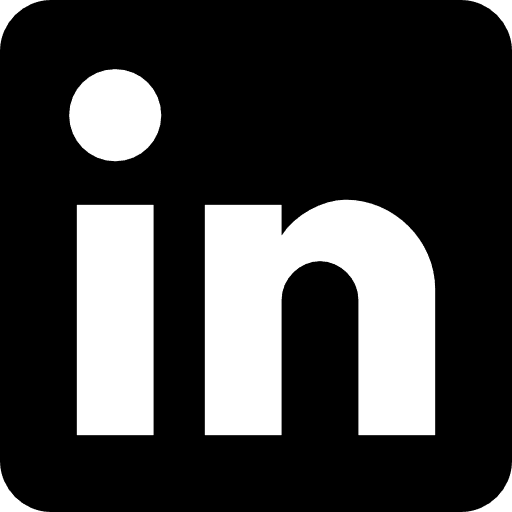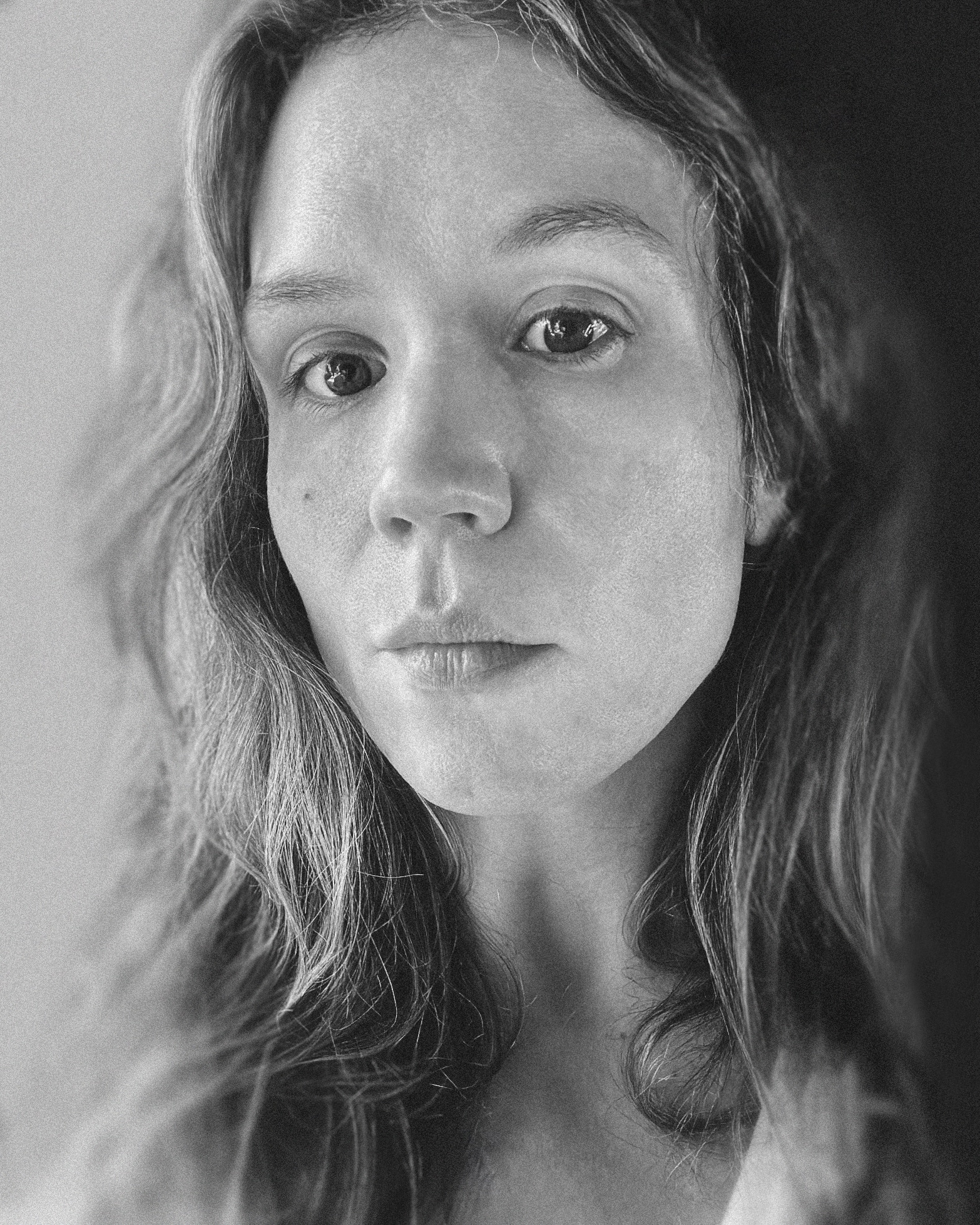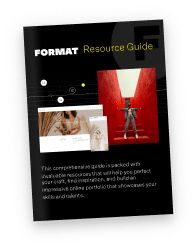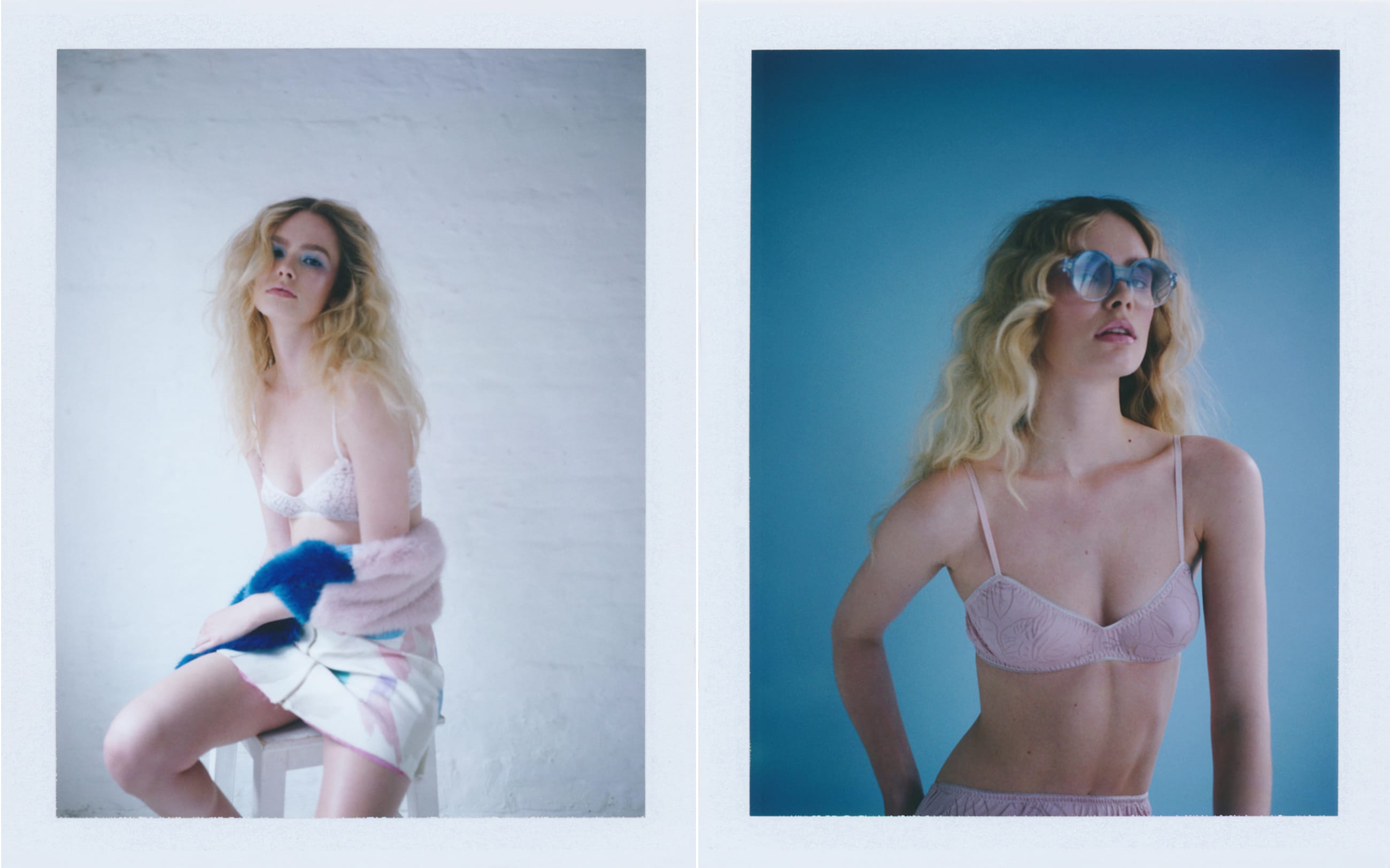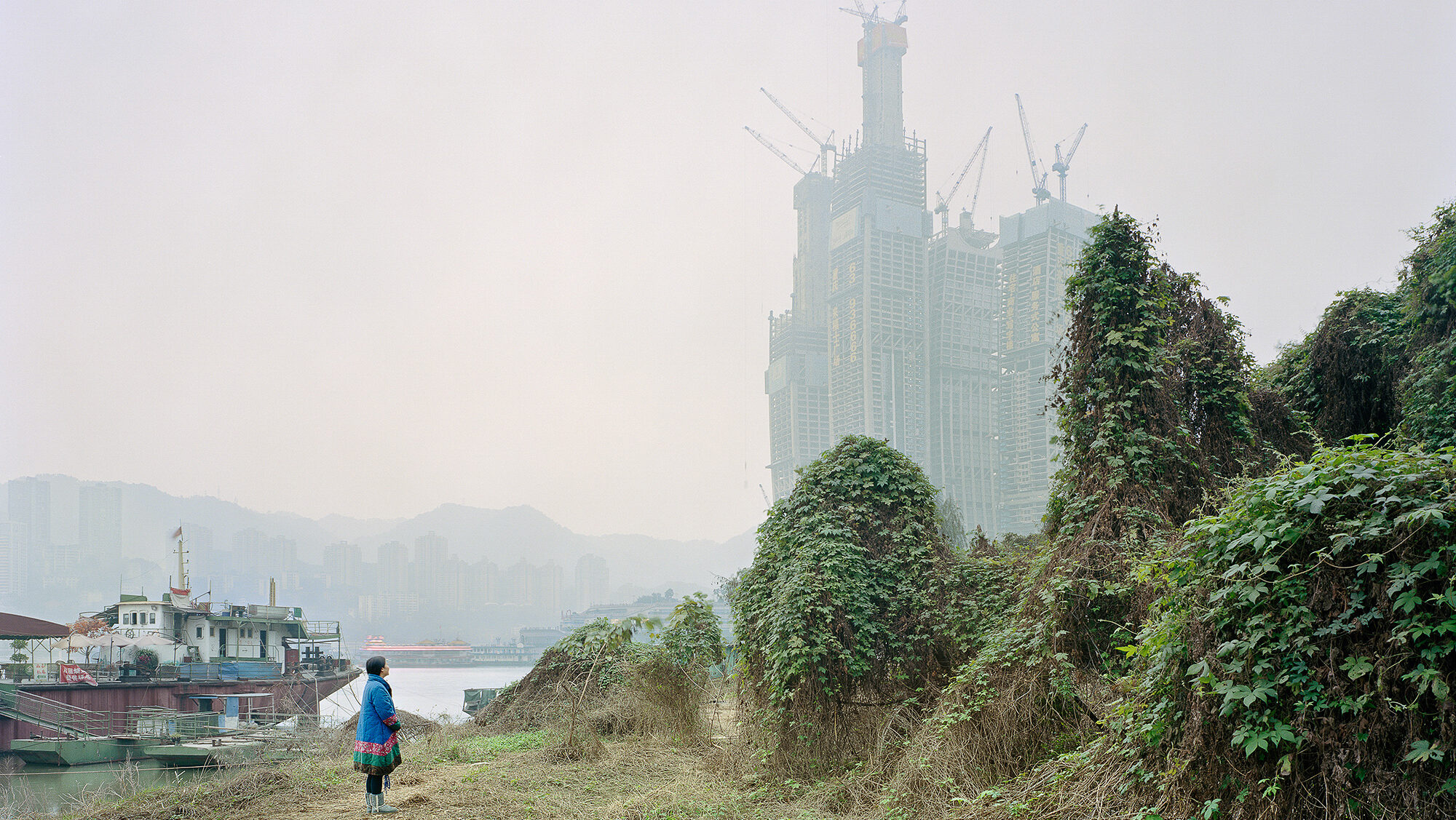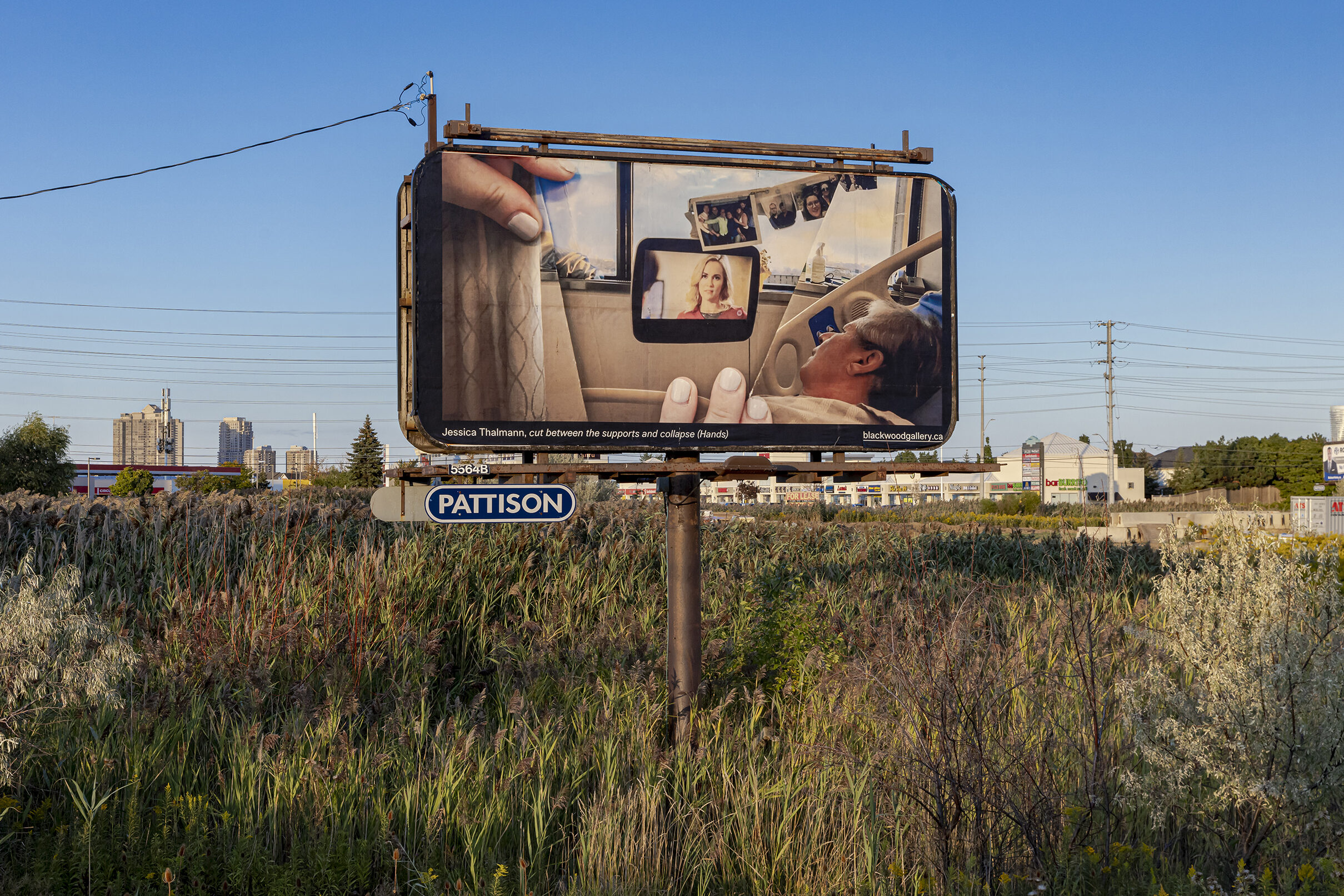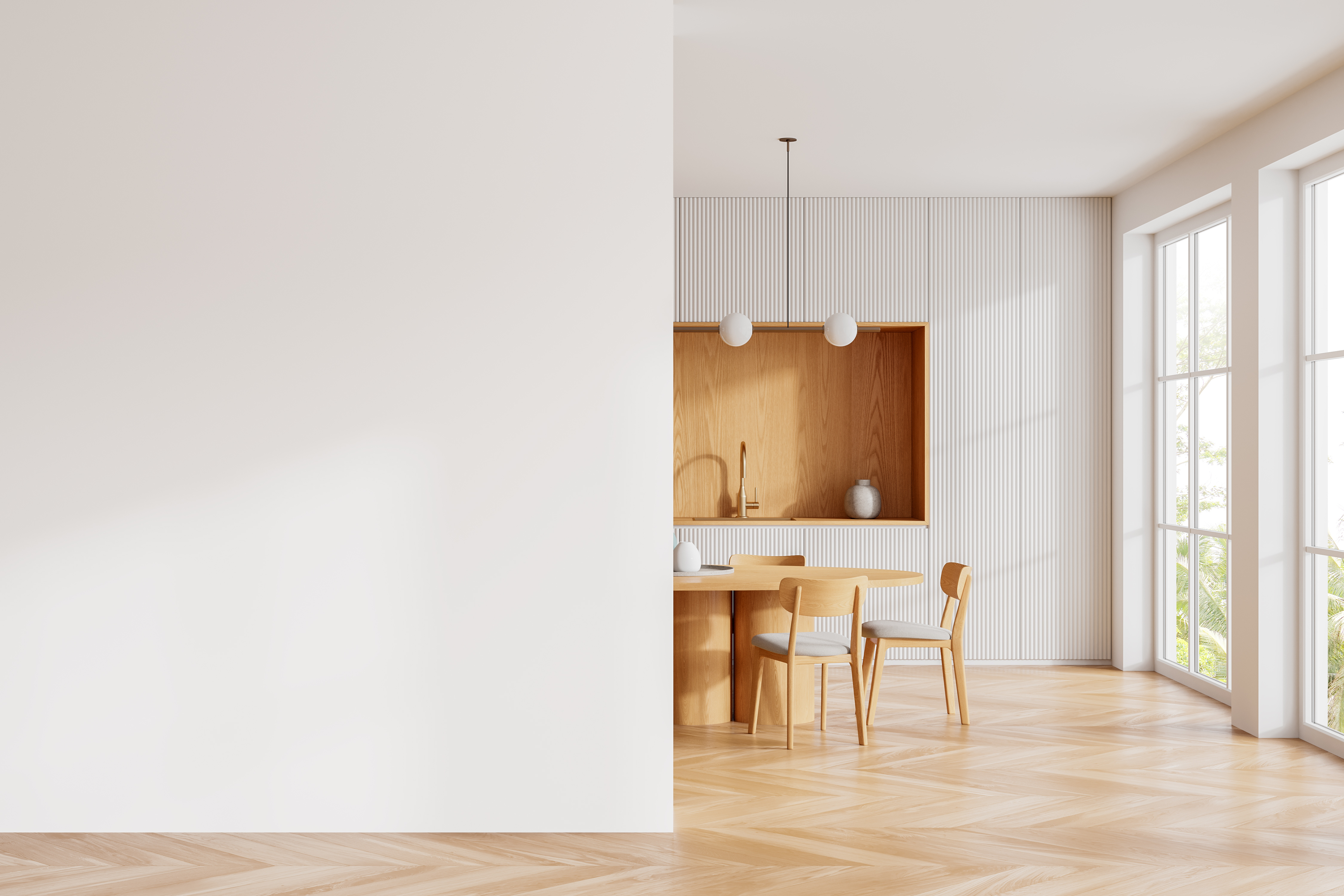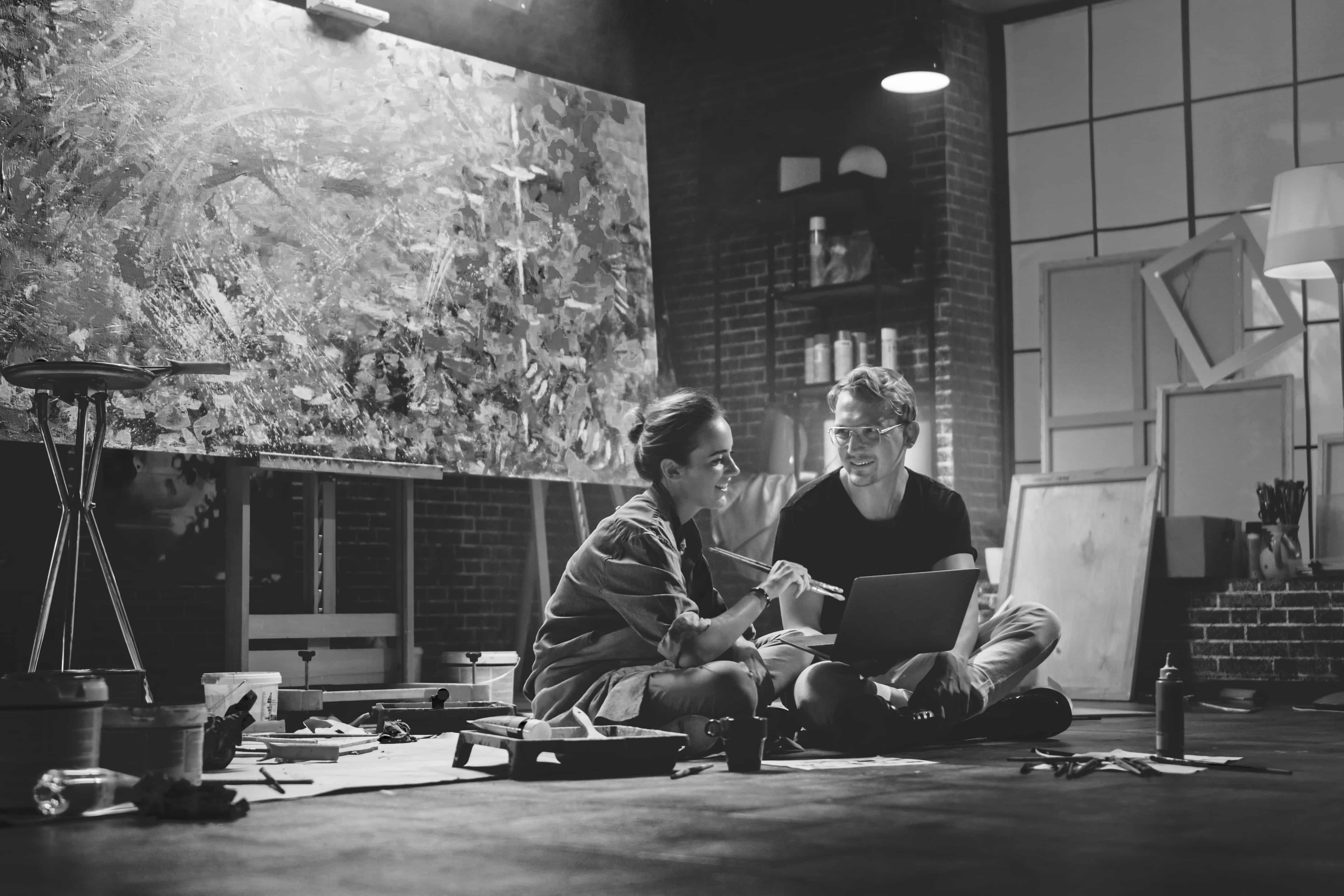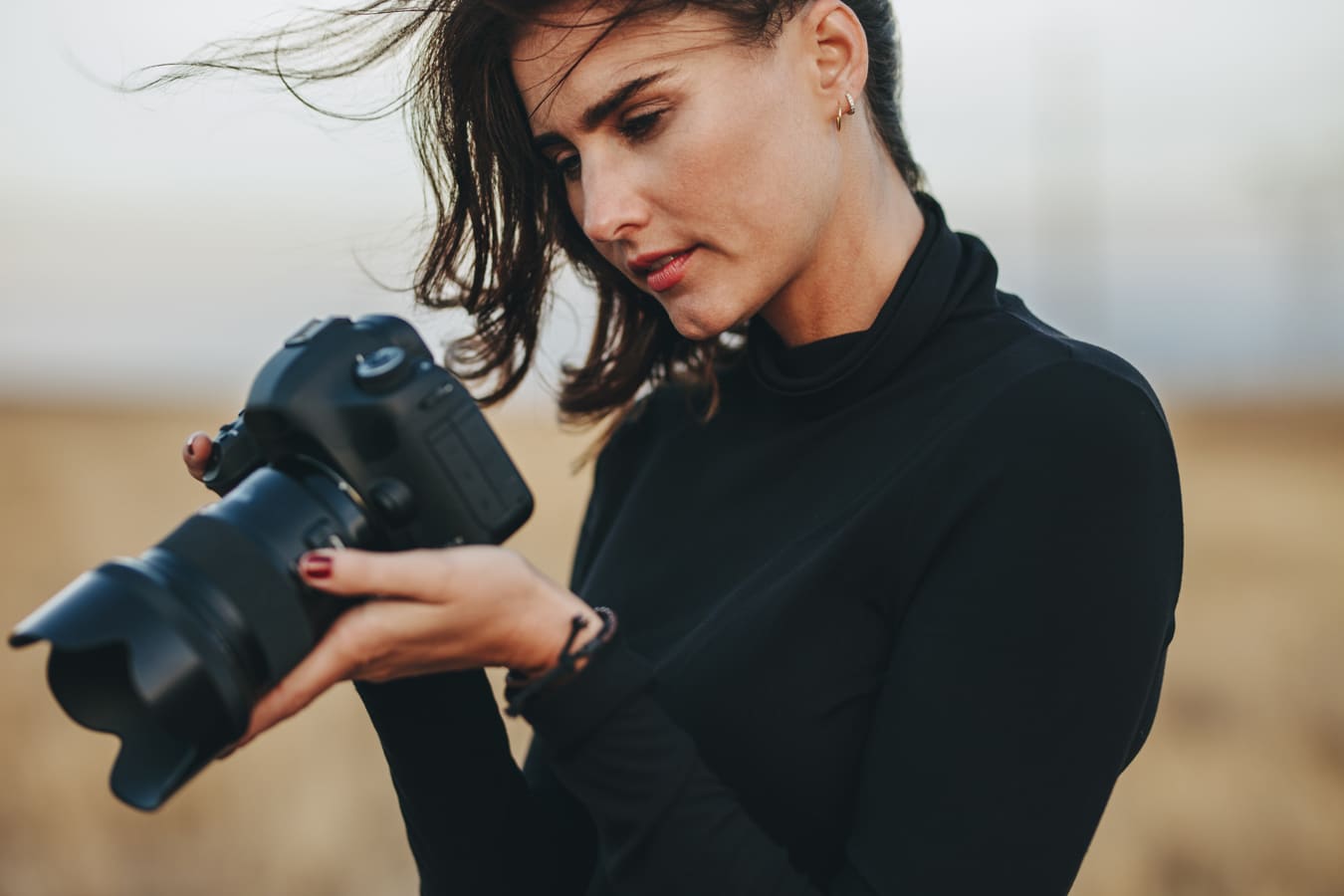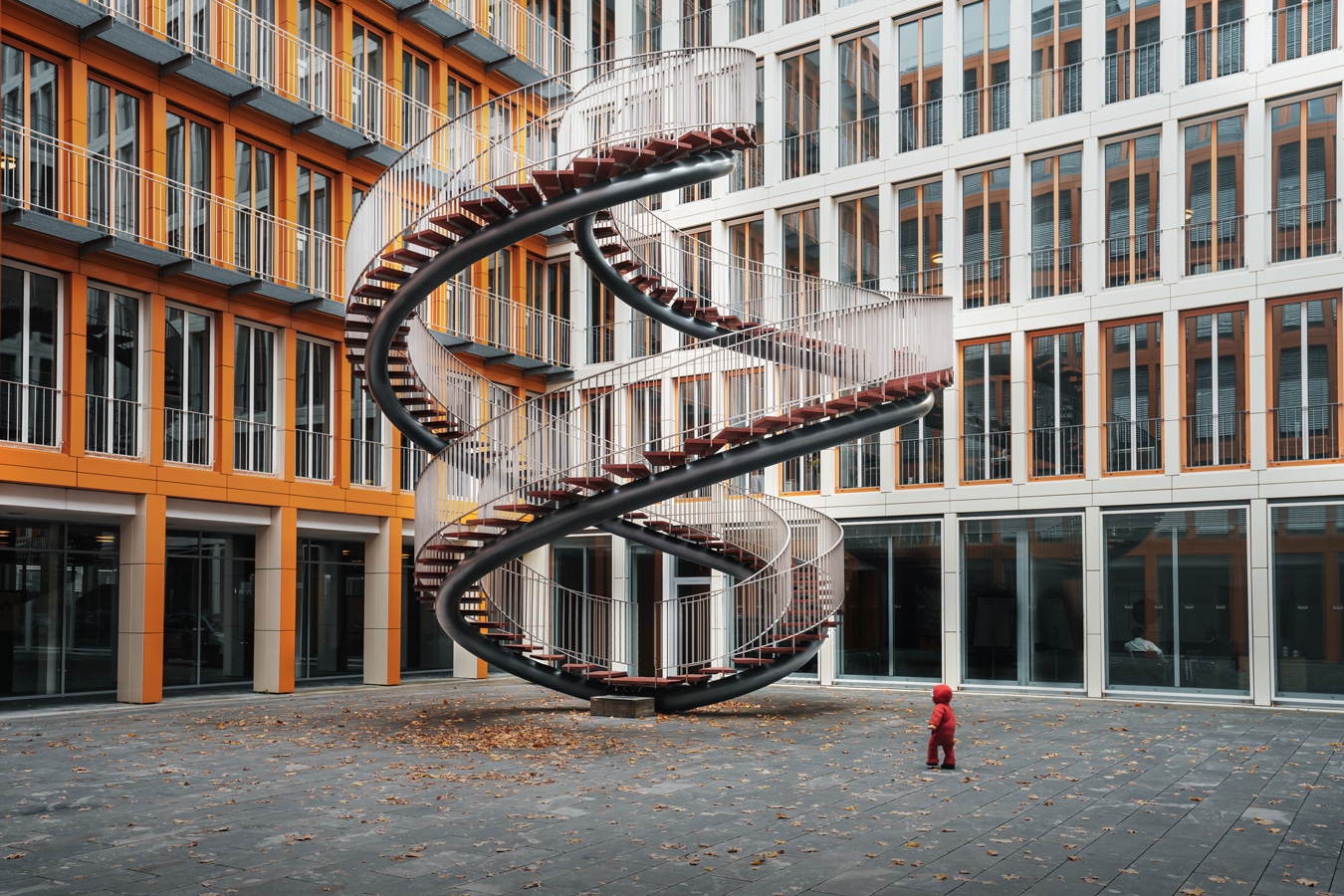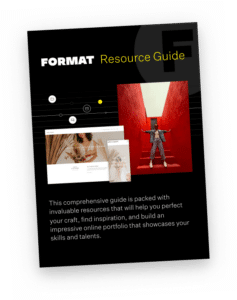This interview has been edited and condensed for length
Sitting down with Format magazine from her home in Morocco, art therapist, multidisciplinary artist and workshop facilitator Sanaa Abouayoub speaks with us about her career path, what it’s to practice art therapy, and ways to find freedom of expression in unexpected places.
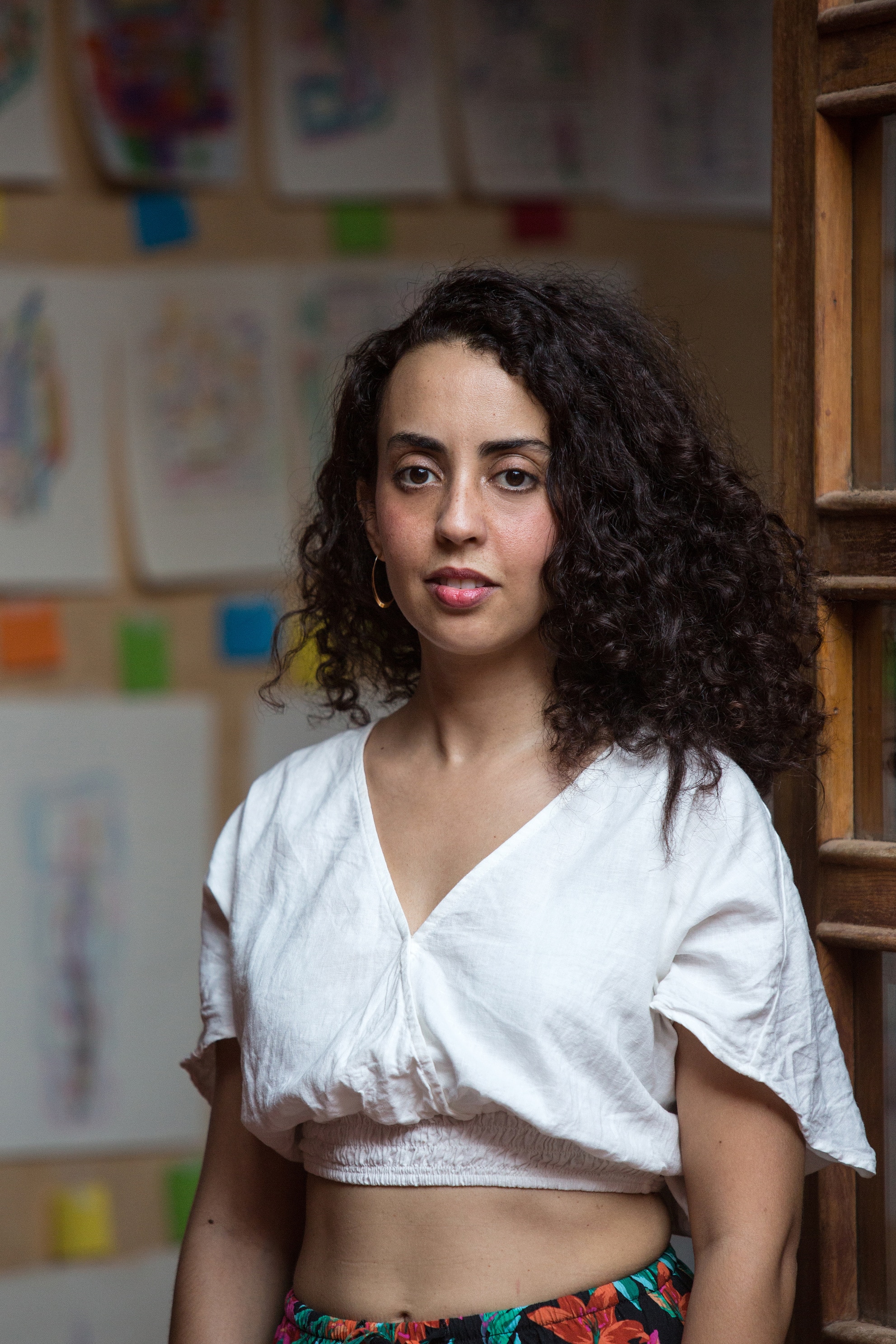
Receiving her education throughout institutions in France, Chile, the US, Canada, Abouayoub speaks four languages–though it’s very clear that her abilities with communication expands well beyond these, and Abouayoub is unafraid of pushing back against limitations imposed by titles, expectations and narrow definitions around self-expression:
See more of Sanaa Abouayoub’s work on her Format portfolio website
On her start in art therapy, and as an artist:
I was in the corporate world, working in marketing, and my mind was very much in that realm until I quit everything and I studied art therapy. It was through art therapy that my practice as an artist started–I wasn’t an artist before, it wasn’t the other way around.
In grade school art was so painful. It was so much about results, focused on technique and doing things a certain way. The first time that I experienced art therapy, I rediscovered painting. My experience in high school was so…negative that this was a new experience for me. Every day after work I would paint and I was curious about that process of creating and having fun.
There was no attachment to the result– I really enjoyed it. It was about me expressing myself. Unfortunately, as an artist sometimes you kind of lose this joy because of the pressure you put on yourself, and you have to find ways to go back to it.
When I started Art Therapy, it wasn’t about being an artist, I was more interested in psychology and creativity–doing things more creatively– in business for example.
Attending the Vancouver Art Therapy Institute and the turning point of internships…
I started at 28, and most of my cohort were people who already had some work experience, like me, they went there because it was a choice. To have as much practice as theory was really good, and we were starting practicing art therapy early on. I love that school because everything was connected to art, even the readings that we had, we had to make aesthetic responses, and that was such a new thing for me.
I had so much fun and I felt like this is really something for me– I’m more a sensitive and empathic person, I listen to people– those are the qualities that I have. I understood that it fits my personality more than working in marketing and business.
For me, art was a revelation. It is the language I love and it brings me to a space where I can really connect to my feelings and my own way of seeing things. I realized my way of thinking is really connected to my emotions. But the school system that I grew up with made me let go of my emotions and replace it by thinking and memorizing information. Which doesn’t work for everyone.
When I was at the Vancouver Art Therapy Institute, I felt this is really the kind of environment that I love. We had two hours of studio time every week and we would explore art, talk about it and about our emotions. I love there was a space for that. It wasn’t about grades or competition. It was about being ourselves in our vulnerability. I knew then, this is a new path for me. In studying and practicing art therapy, it was a chance to dive in completely in art therapy. I was really enjoying it.
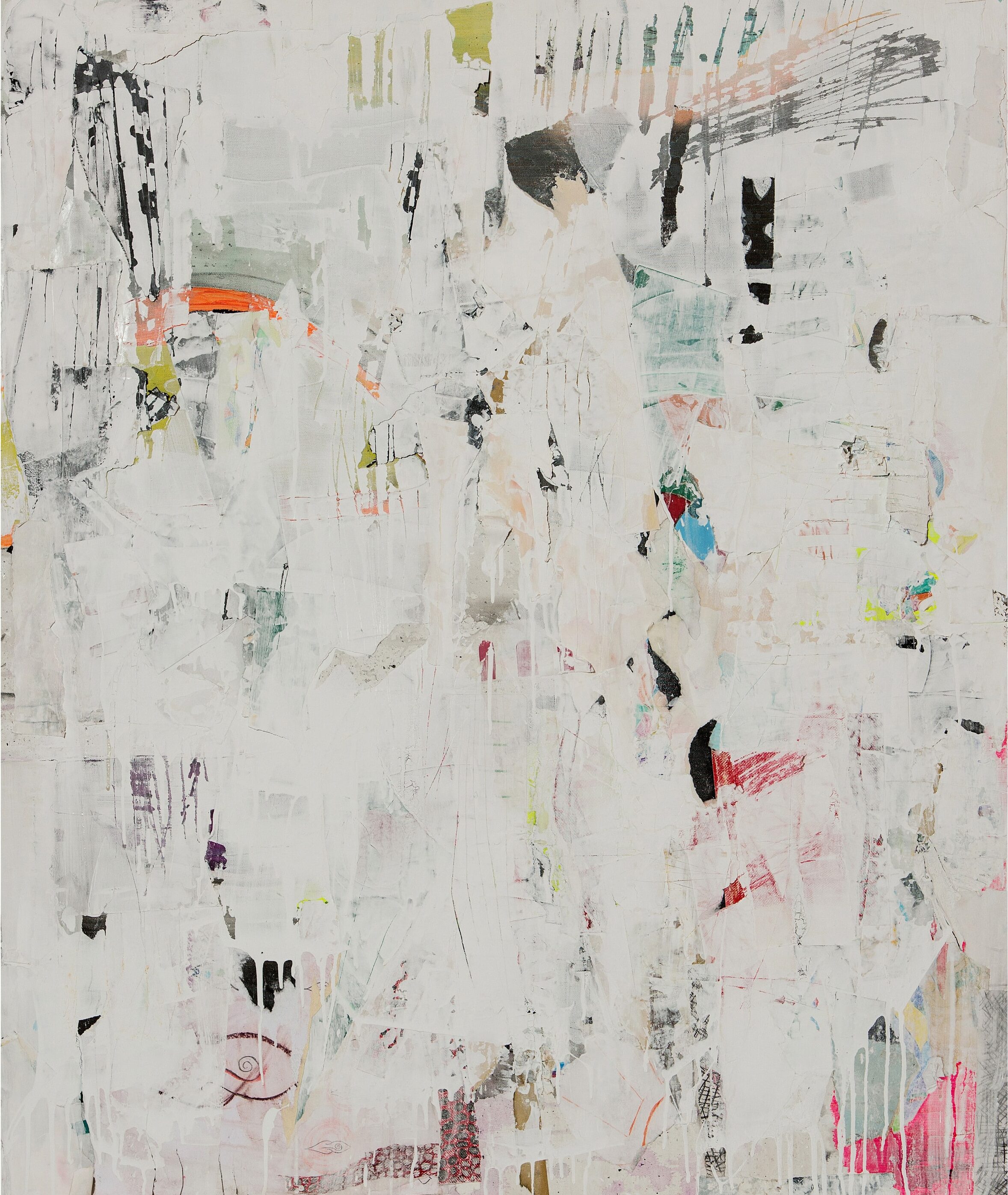
On what art therapy is, and what it isn’t…
Sometimes a title can imprison you. You can see what people are expecting from you because you’re an art therapist, the expectation of the kind of work you do and who you work with. I’m not in clinics working with the severely ill–without bringing stigma to any kind of mental health imbalance; I don’t do that work because I’m not the best person to serve that population. I knew that from the beginning. I really want to serve more in a creative capacity because I felt we need more people who are in touch with their emotions and their creativity.
In art therapy there are two schools, and it’s important to look at them distinctly. There is art as therapy; considering that the process in itself is therapeutic, the process of creating.
Then there is art psychotherapy; when you go to the therapist and you talk and then through the conversation they say, you’re talking about this. Can you please express it through drawing? (for example) So this is a very different approach.
The first approach understands that when you are creating, you are finding your inner resources and you are healing. In some ways, you are your own healer at the end of the day.
My approach is more this one, believing that the healer– it’s not me, it’s not the art therapist– it’s the art. That you have all the tools to connect to your own resources and heal the way you approach your creative processes and the way you approach life.
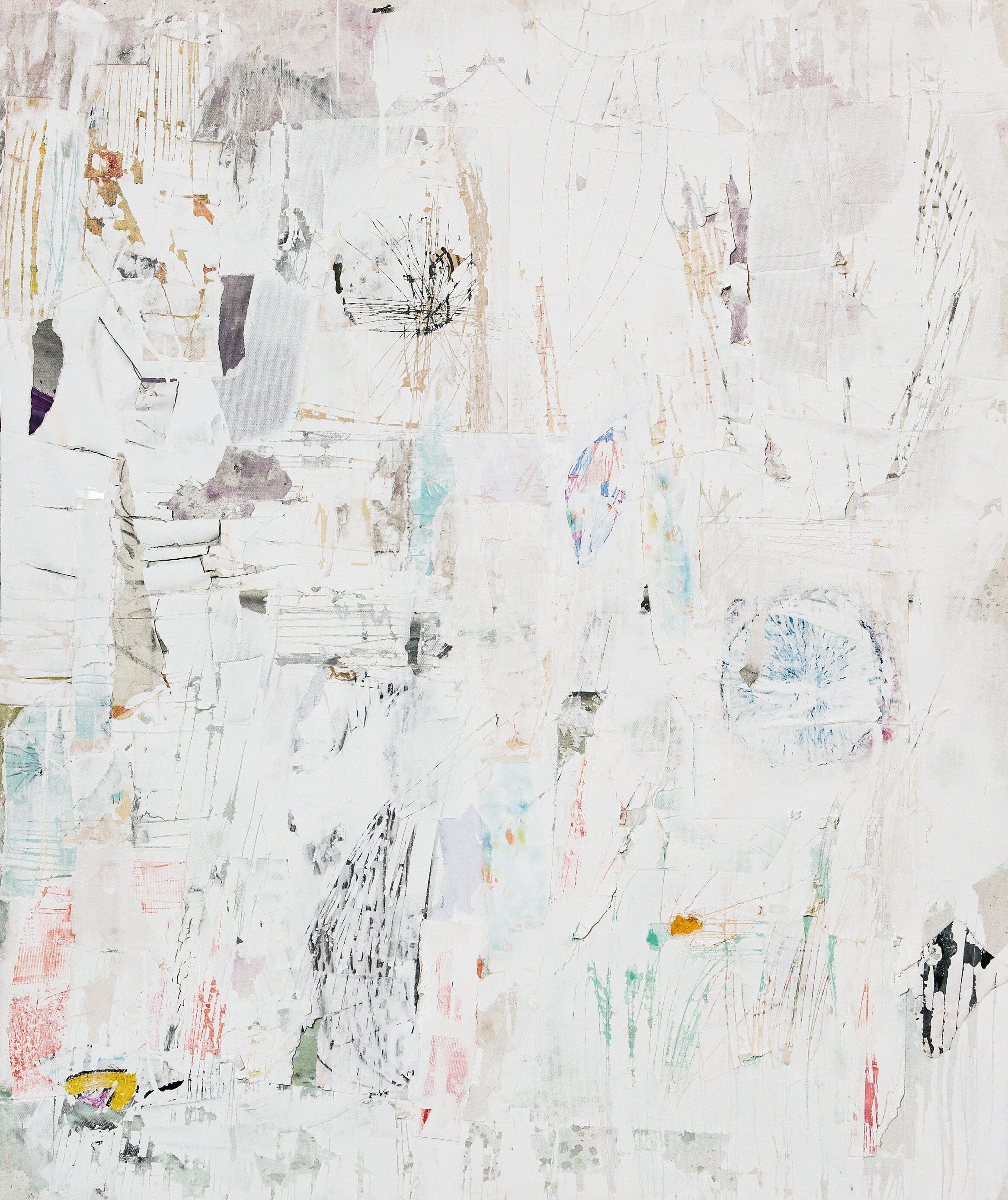
On making space…
Space is the most important thing. It’s not a physical space–it doesn’t have to be, it’s a psychological space where there is no judgment. For me the non-judgment is key because this is where the other person feels safe, to open up and express themselves. I’m creating a space for that process.
Having qualities of empathy and non-judgment; being able to hold space for the person to express themselves, in offering activities or the material; this is what I do. We have to guide people through a process where they feel that it’s easy– it’s not scary. I always say to people: just trust yourself.
On understanding who you are by questioning where you came from…
When you are in that kind of environment and working on therapy, you have to do your own therapy. It offers you a real environment where you have to question yourself, and your belief system. I was far away from my family, my culture as well–It wasn’t the first time, but there was time to really reflect on that as well; my own culture and the impact that it has.
On the importance of empathy and resonance…
Being in Canada and in Vancouver specifically, there were new opportunities. I worked with indigenous people, worked with immigrants, people who were exiled–women especially. Within feminist organizations, there was an opportunity to be able to talk about the different forms of oppression; what it means to be marginalized, what it means to be an ally, all those questions that I wasn’t aware of.
When you’re in business, it’s another world. So that put me in a new position where I felt what it means to be an ally in different ways and spaces. That was a very rich experience. Through my program, I realized you cannot work with everybody–it’s not about marketing or having a niche, it’s because sometimes the best way to serve someone is either because you went through something similar or there is a common experience or something personal that makes you feel as if there is something you can offer.
I felt as a woman because I come from a Muslim culture–it’s still open in comparison to other cultures, but still I feel as a woman some kind of oppression, limitation. An “other” relationship with your body–your sexuality–your body doesn’t belong to you. There’s all these themes around the body that are taught.
My work is around that theme as well. I felt that tension between freedom and control and I realized being there in Canada, and also working with people from different origins, that this is not just because I come from a country where I felt oppression and those things are more highlighted, it’s actually everywhere. The sad truth, it’s everywhere.
I felt, for me, art was a space to release those tensions, to express them, to express my anger, to express my grief. I believe all women need that space, we all share some of this experience. We’ve disconnected from our bodies, from our dreams, from our own rhythm. We have less time to dream, to rest, to listen to our body, to listen to our menstrual cycle, to express ourselves, like being vulnerable and being sensitive. I think that’s why I really want to work with women specifically because I feel like that creative space doesn’t mean you have to be an artist, but you need to find a way to connect your emotions.
On materials that break down the artificial barrier…
The way for me to encourage the process, every time I see people is to see them as kids, they’re growing up. Here are the materials and it will be a really awkward art material, because it’s for kids, crafts. Materials have to be colorful, there has to be color! Color pencils, crayons, felt markers. [Construction] paper.
This is always empowering to people to say trust in process, see the colors as your guide because you’re attracted to colors, to see I’m attracted to yellow or to blue and you pick and you play with it–you’re creating something through color.
Sometimes working in nature with groups there’s just natural elements. There’s also no expectation of this is___, we can make art with this, instead we can connect to our emotions with it. This is another experience of questioning what art is. What is the creative process? While I’m also very much highlighting the creative process, how to connect to your creative process, and observe it.
When I facilitate, I really take into consideration how people are making their art. It says so much about them.
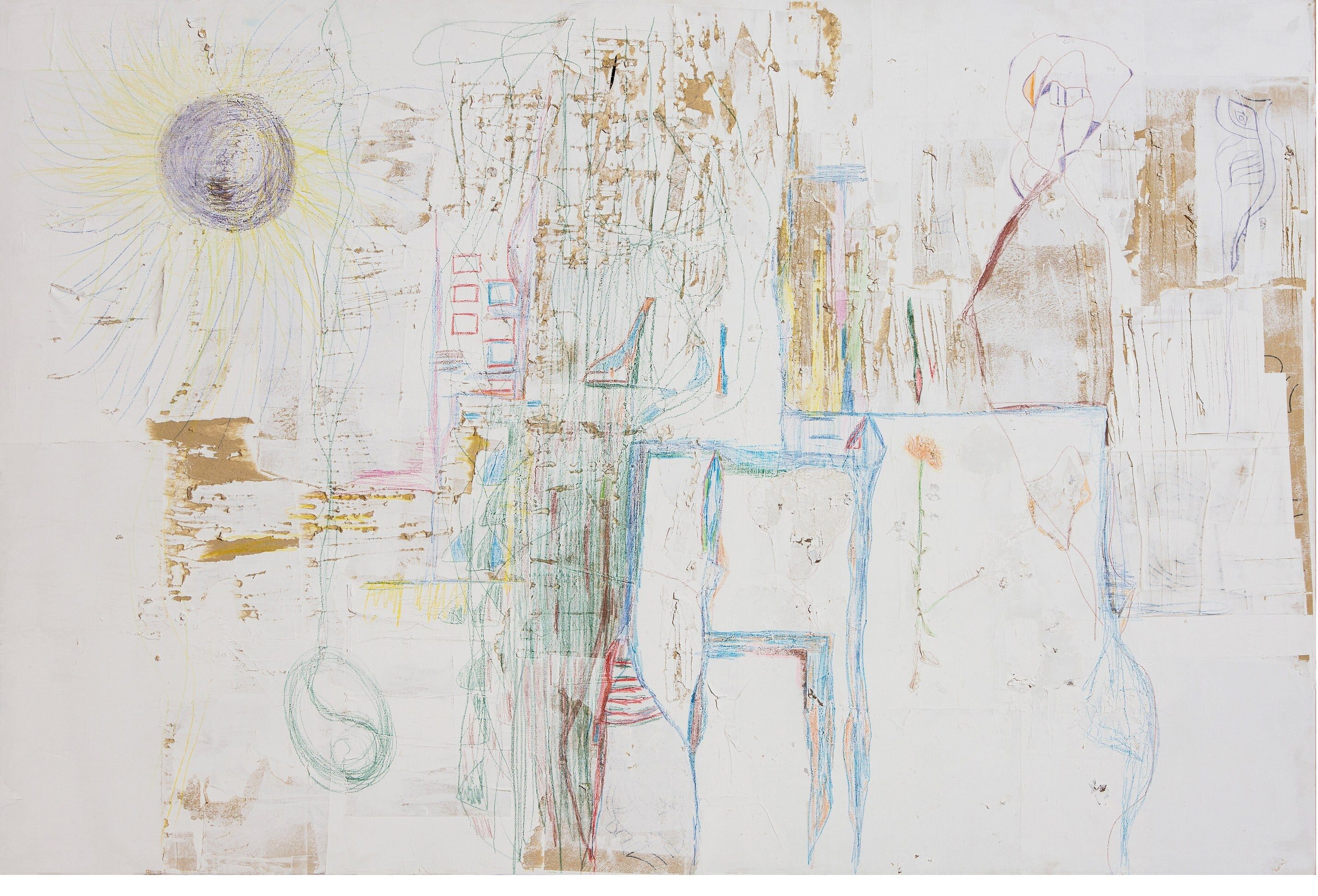
On the surprising ways the world of business and art therapy can collide…
I kind of rejected the business world, and now I’m coming back to it in a new way, reconciling instead of separating–how can I embrace the good from it? How can I bring what I’ve learned through this last 10 year experience in art, art therapy and well-being and how can I impact that [corporate] world too? And one of the things was for me it has been a challenge because when you graduate from something that gives you a title [art therapist], you want to stick to it. It’s not that it doesn’t matter, but sometimes I use it, other times I’m just saying I’m an artist or facilitator. The idea is more how can I bring something valuable, something I learned through this experience without the title mattering.
I felt I wanted to bring art therapy in whatever environment is open to it and where it doesn’t currently exist. For example, I worked in a forum where there were a lot of business people, students and politicians. I had half an hour, but outdoors in the break area I ended up staying that whole day because people were having so much fun creating, talking to each other and talking to me about anything while making art.
At that moment I realized, you have to be there where people are not expecting you, and if they experience you, they’d be more open to go further.
This is one of the reasons I’m bringing art to businesses. Offering activities to entrepreneurs and businesses to facilitate brainstorming ideas, how to work through problems and include more art-based activities in their training.
On practicing in different communities…
Through non-profit organizations and with humanitarian partners, I worked in villages in Uganda and Kenya. In Uganda, I worked in a village with women and young girls to support them around the theme of empowerment through art therapy. It was a two-week program that was run three times.
It was interesting for me because these women never went to school. They don’t know how to write or read and they never got to make art. They knew nothing about painting. Taking place in a school, the women would come every day, sometimes even with their child because they cannot leave the child. and they will dress with their best dresses, and they were happy to see you, call you teacher. They were so excited to be in school because that was an experience they’ve never had. They were very diligent in their creative process–really they made what I think was the best art that I’ve seen.
I would see them really connected to their inner child, even women in their seventies, expressing themselves and being very happy. That was one of the best experiences I had. Because you know, when you offer that space to someone who had never experienced it, never had a childhood because in those regions and villages, women have a lot of responsibility at a very young age, to see them taking the time for themselves and attend the workshops every day, never missing a day.
One of my goals is teaching, it’s the best way because you can support more people. At the same time, for the personal side, the experience of seeing those women making art for the first time… I mean, it’s such a valuable thing for me as a human being to see the impact of my work. When we were leaving they said what you offered us is more valuable than money.
Even though it’s a small community, they were like a family, but didn’t have an opportunity to really see the dreams, the challenges, the stories– there were so many beautiful stories that were shared. I think it’s one of the ways that art opens up a dialogue at the end. People are open to talk about themselves and share and be in that space of vulnerability where they can connect.
On expanding reach and impact through teaching…
I’m working on offering more training, in addition to workshops. I realized there is a need, because there’s not a lot of art therapists and a lack of training. When I came back from Canada, I was asked to teach and it felt a bit uncomfortable because I just graduated. But then I realized that I learned a lot from my studies and practicum and I had something valuable to share. I realized from that experience that it’s important to share, even if you consider yourself not ready.
I feel teaching is the best way to serve a community. One of the projects that I’m working on is teaching people how to run community art spaces.
We are lacking these non-judgmental and compassionate spaces, and we need them.
Moving between worlds of business and humanitarian projects…
In art therapy, when you get out of school, you can say, oh, I don’t know where to start, but there are so many ways to serve.
If you choose to have an entrepreneur mindset, there’s so much possibility for you to serve. I personally offered workshops, trainings but I also had the opportunity to collaborate with non-profit organizations to run and teach art therapy in Africa.
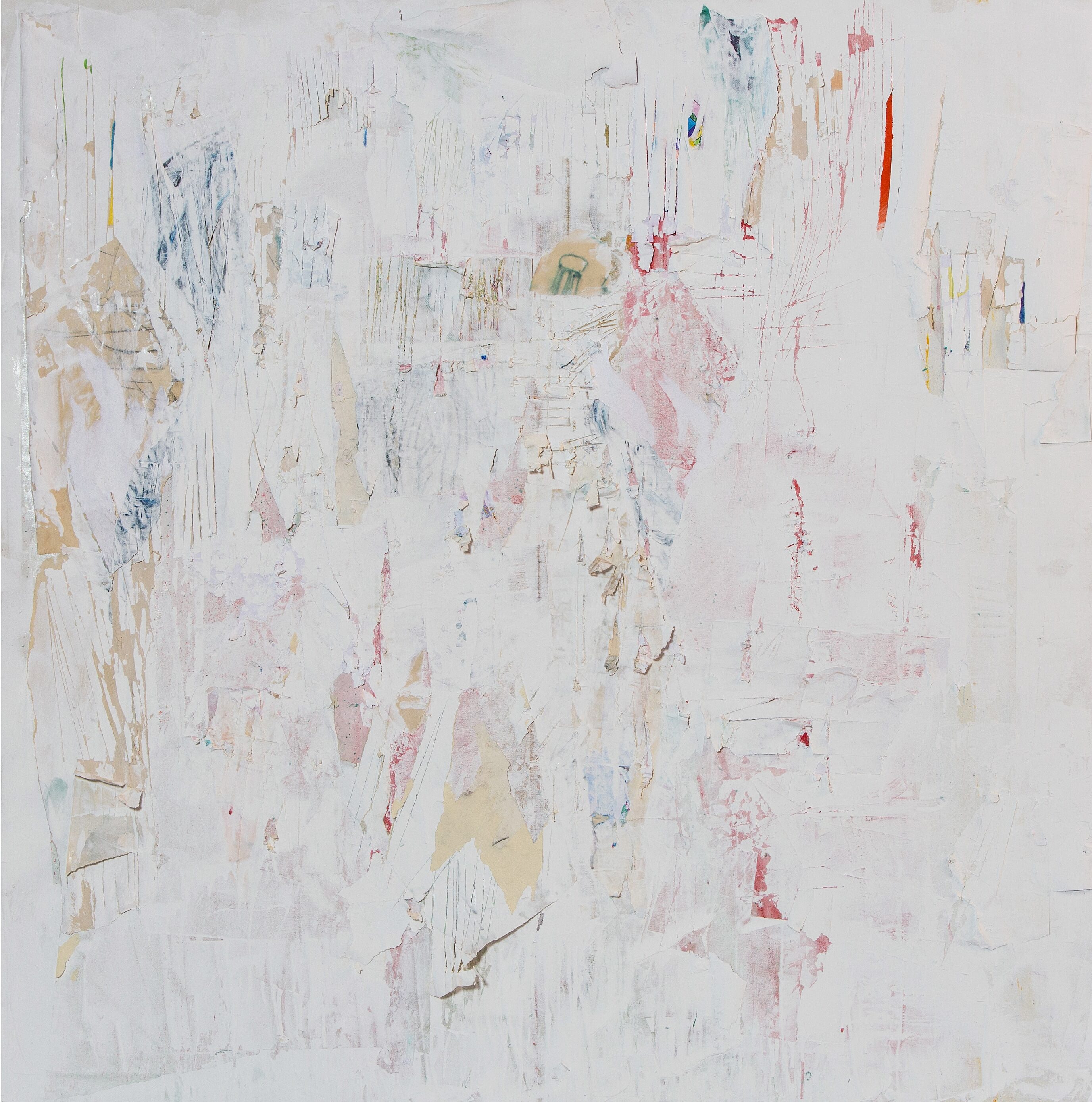
Advice for those looking to follow this path…
It’s important to know who you want to work with–remember, you cannot serve everyone.
Find balance. This is something that was very challenging for me, sometimes I struggle with that, but I think it’s key.
Financially you have to develop an entrepreneurial spirit. Don’t get stuck with the one-on-one model of offering art therapy. Find creative ways to use art therapy to serve those you want to support. Also, there are ways to create things that can be funded.
I have to say, it’s not easy to be an art therapist in Morocco, or even in Africa, for so many reasons. Art therapy is not recognized. When you finish your studies in art therapy, don’t expect to find a job…find a way to create a job that supports others and supports you as well.
It’s even more challenging here because you’re not recognized. You have to have your own practice, you have to find your way. There are so many challenges but at the same time there are so many opportunities. That’s why you don’t have to stick with the title because you have to focus on all the skills you have and how you want to help and support and do it in your own way adapting with the environment as well.
If you feel like you want to collaborate with someone that has nothing to do with art therapy, but can find a way to bring both practices, art can be included in a lot of spaces; teaching, business, engineering.
Find a way to connect communities that you think may not be interested, but they can be interested. Maybe you’re interested in both sports and art, you’re an art therapist or an artist. How can you include this sports community? It’s another community that can have an experience that can be very enriching for them in their practice.
Making space to create, connect and heal
Studying art therapy, you’re in an environment that is non-judgmental, with no expectation, just expressing yourself, that was something unexpected. I’ve never experienced such a thing. I think this is exactly what I’m offering in my art therapy practice,a space where you cannot do something wrong. I’m providing a space of compassion and freedom and what I’m offering is exactly what I’m looking for so I know what it means to offer that kind of space to others.

